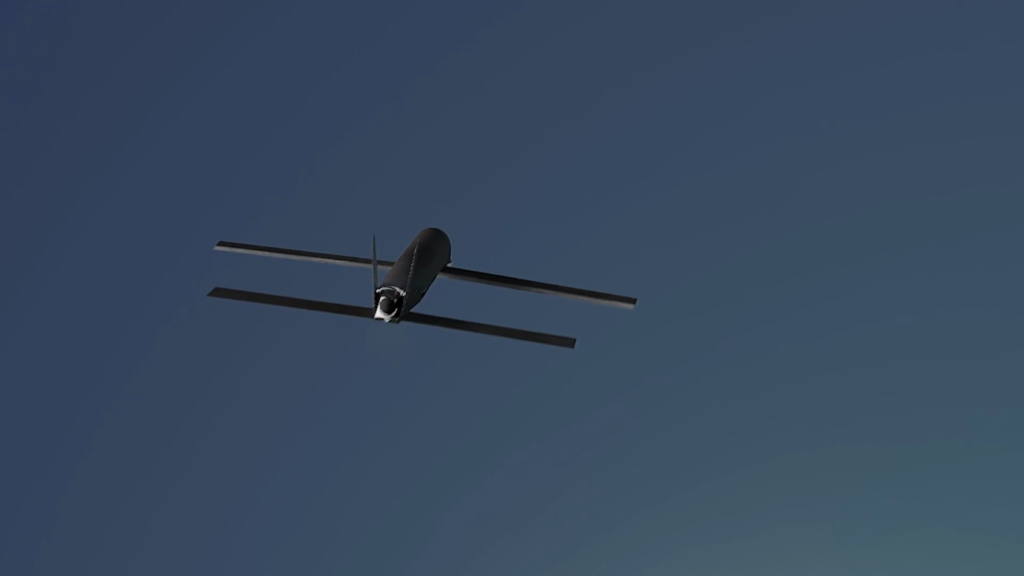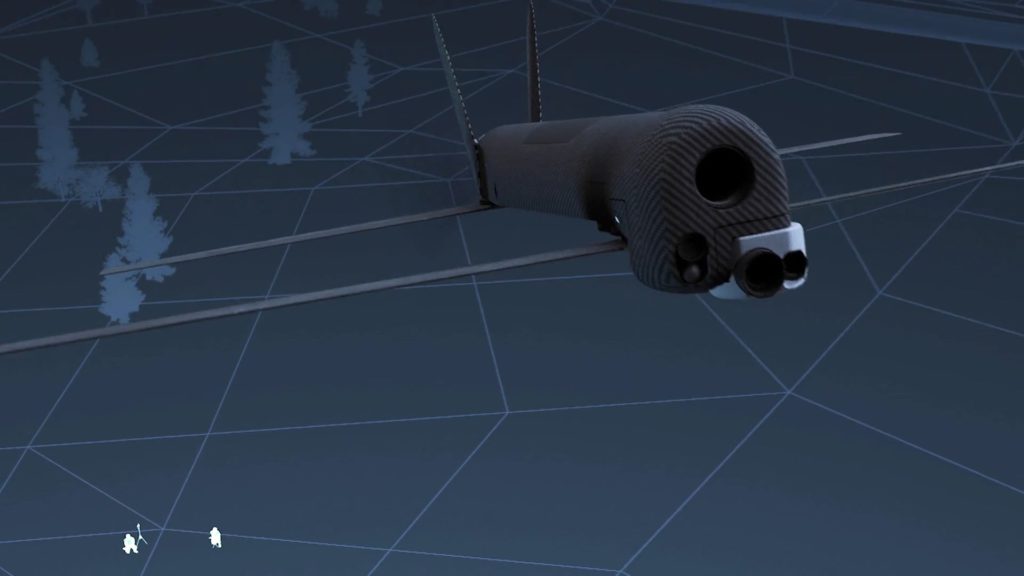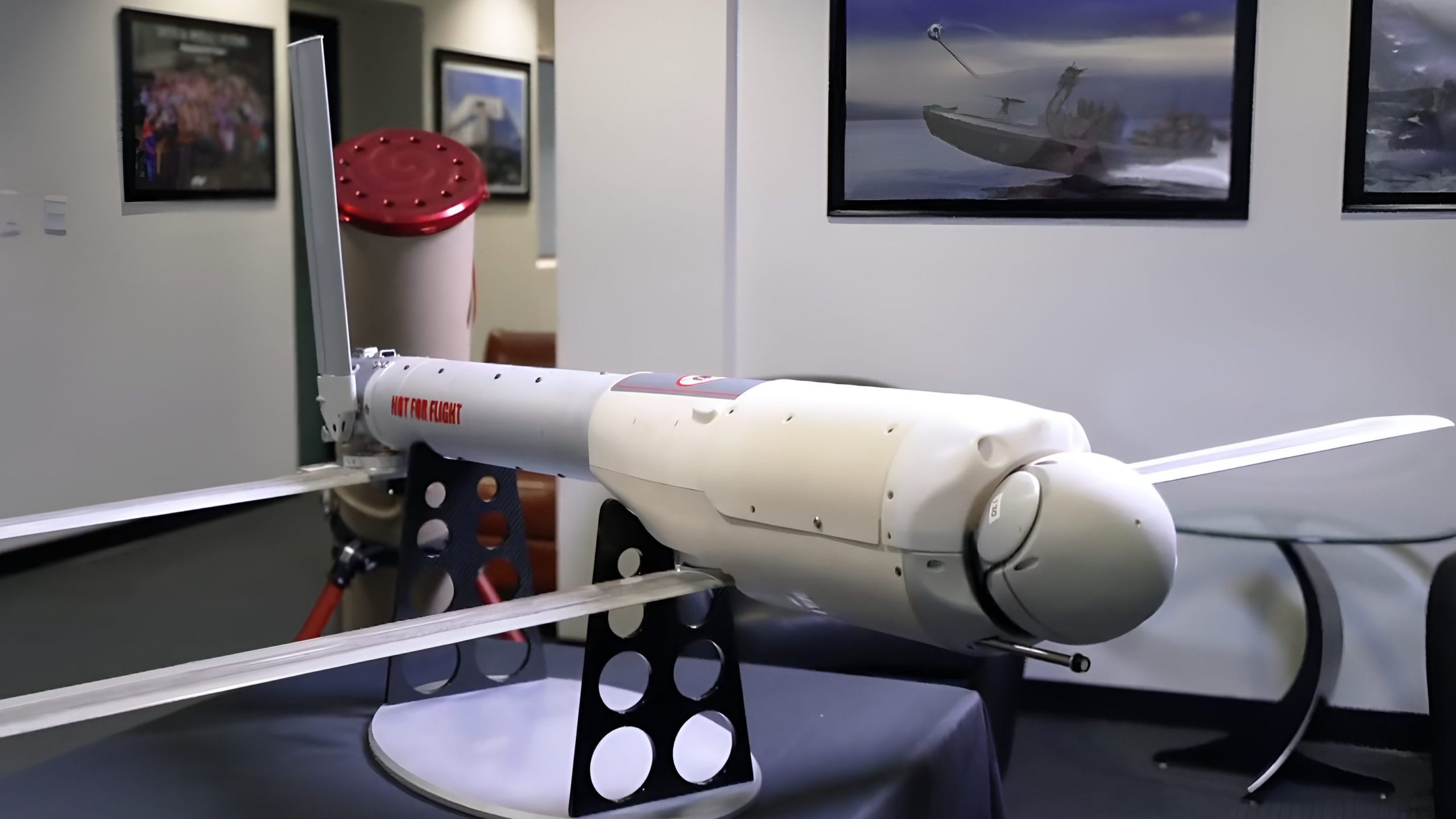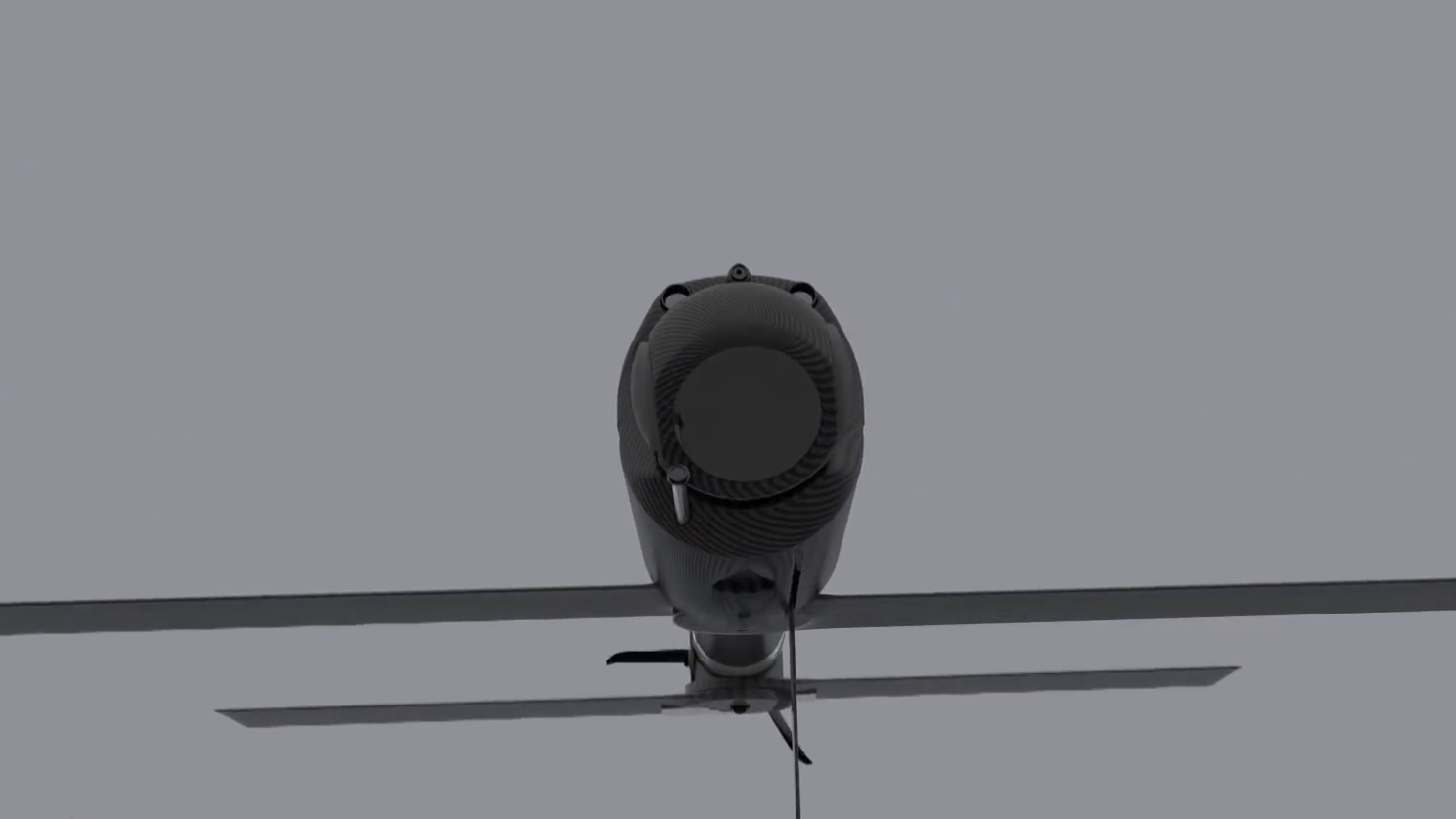Loitering munitions, colloquially known as “suicide drones,” are transforming the landscape of modern warfare. AeroVironment’s Switchblade drones have evolved from counter-ambush tools to formidable tank killers. While offering tactical advantages to infantry, these weapons raise serious ethical concerns and may represent a fundamental shift in combat similar to the introduction of landmines. Let’s examine five key aspects of these controversial weapons systems and their implications for future conflicts.
From Ground Threats to Aerial Hunters

The battlefield threat landscape has undergone a dramatic shift in recent years. For soldiers in the early 2000s, particularly in Afghanistan and Iraq, improvised explosive devices (IEDs) represented the most feared danger – invisible killers buried beneath roads and pathways.
The introduction of the AeroVironment Switchblade 300 in 2011 fundamentally changed this dynamic, elevating the threat from ground level to the skies. Unlike stationary landmines that wait for victims, these “loitering munitions” actively hunt their targets, circling above battlefields until identifying and attacking enemies. This shift represents more than just technological advancement – it changes the entire psychological experience of warfare. Soldiers must now be vigilant not only about where they step but also what might be watching from above, creating a new dimension of battlefield stress and vulnerability.
The Switchblade 300: Infantry Air Power

The Switchblade 300 represents a revolutionary development in infantry capabilities by putting immediate air strike potential directly in soldiers’ hands. Weighing just 5.5 pounds, this man-portable system can be carried by individual soldiers alongside their standard equipment. This represents a dramatic operational shift – ground forces no longer need to wait for traditional air support with its inherent delays and approval processes.
This democratization of air power became particularly evident in Ukraine, where over 700 Switchblade 300s were deployed in 2022 alone, allowing small units to conduct precision strikes that previously required extensive resources and coordination.
The system evolved from its original purpose as a counter-ambush tool in Afghanistan to a versatile weapon for neutralizing enemy personnel and destroying IEDs from a safe distance. This transformation represented a significant tactical advantage – before Switchblade, reconnaissance drones like the Raven could spot enemies but not engage them. The Switchblade changed this equation by combining detection and strike capabilities in a single, soldier-portable package.
The Switchblade 600: Tank Killer Evolution

While the Switchblade 300 targeted personnel, the evolution to the Switchblade 600 in 2020 represented a massive leap in destructive capability. This “big boy” weighs 33 pounds (51 inches long) and carries a warhead based on the proven FGM-148 Javelin anti-tank missile system. The complete system with its launching and fire control unit weighs approximately 120 pounds – substantially heavier than its predecessor but delivering exponentially more firepower.
The 600’s technical specifications are formidable: a 25-mile range, 20-minute loiter time once reaching the target area, and speeds up to 115 miles per hour. This means a small team can effectively neutralize enemy armor from distances previously requiring dedicated anti-tank units or close air support. The Switchblade 600’s inclusion in the military’s “Replicator initiative” for rapid manufacturing of critical weapon systems underscores its strategic importance.
This evolution demonstrates how quickly drone technology is advancing – in less than a decade, these systems progressed from targeting individual fighters to destroying main battle tanks, fundamentally altering the balance of power on the battlefield. As the article notes, systems like the Switchblade 600 “offer anti-tank capability without requiring an exposed infantryman to take the shot and without the need to call for close air support,” providing unprecedented protection to troops while maintaining lethal capabilities.
Battlefield Transformation in Ukraine

The Ukraine conflict has become the most comprehensive demonstration of drone warfare in history, serving as both battlefield and laboratory for these technologies.
This conflict has featured an unprecedented variety of drone applications – from commercial quadcopters dropping grenades to sophisticated loitering munitions hunting high-value targets. The widespread use of these systems in Ukraine has provided valuable real-world data on their effectiveness, limitations, and potential countermeasures.
Military planners worldwide are closely studying these lessons, adapting their strategies and equipment accordingly. The conflict demonstrates how drone warfare has evolved from a specialized American capability to a democratized technology accessible to various forces. This widespread adoption is forcing a fundamental rethinking of battlefield tactics, equipment, and protection systems.
Ukraine has effectively become the proving ground for concepts that will define warfare for decades to come, with Switchblade drones playing a significant role in this transformation. The massive deployment of these systems has accelerated both tactical innovation and ethical questions about their use.
Ethical Concerns and Future Implications

This technology raises several specific concerns, including the “disconnect between the drone and its operator,” potential for civilian casualties, and inability to recognize surrendering enemies. The comparison to landmines is particularly apt, as both weapon types continue to pose threats beyond their intended targets and timeframes.
As these systems proliferate across global battlefields, the questions they raise about the ethics of remote warfare, civilian protection, and military necessity will only become more urgent, demanding thoughtful responses from military leaders, policymakers, and ethicists alike.




























